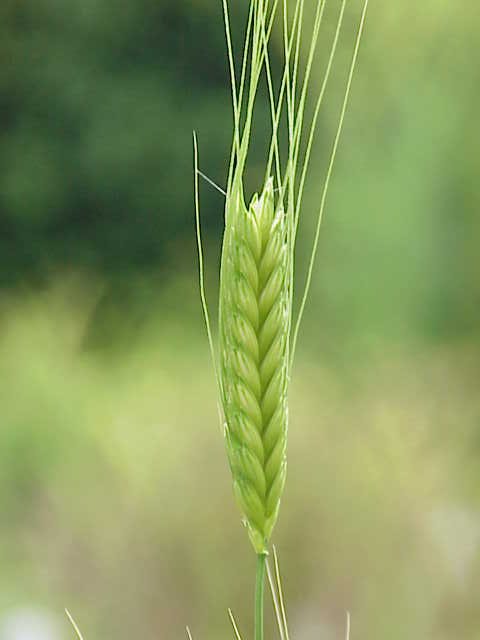13 week cooking course
- Introduction to Cooking
- Understanding Ingredients
- Making Breakfast
- Dinner Delights
- World Cuisine: Asia
- World Cuisine: Europe
- Baking and Bread Making
- Vegan and Vegetarian Cooking
- Gluten Free Cooking
- Healthy Eating and Nutrition
- Kitchen Finale and Consolidation
Gluten Free Cooking
Preparing Gluten-Free Meals: A Comprehensive Guide

Diet that excludes gluten.
Gluten-free cooking has become increasingly popular in recent years, both for those with celiac disease and for those who simply prefer to avoid gluten in their diet. This article will guide you through the process of preparing gluten-free meals, from breakfast to dinner, and will provide you with a variety of gluten-free recipes from around the world.
Gluten-Free Breakfasts
Starting your day with a nutritious, gluten-free breakfast is easier than you might think. Many traditional breakfast foods, such as eggs, fruit, and yogurt, are naturally gluten-free. For a more substantial meal, try making gluten-free pancakes or waffles using a gluten-free flour blend. You can also experiment with gluten-free grains like quinoa and buckwheat to create hearty breakfast bowls or porridges.
Gluten-Free Lunches and Dinners
When it comes to lunch and dinner, the possibilities for gluten-free meals are endless. Salads, soups, and stir-fries can all be made gluten-free with a few simple substitutions. For example, use tamari or a gluten-free soy sauce alternative in your stir-fries, and opt for gluten-free pasta in your pasta dishes.
One of the keys to successful gluten-free cooking is learning how to modify traditional recipes to make them gluten-free. This often involves replacing wheat flour with a gluten-free alternative. There are many gluten-free flours available, each with its own unique flavor and texture. Some of the most popular include almond flour, coconut flour, and rice flour.
Gluten-Free Recipes from Around the World
Exploring international cuisine can be a great way to add variety to your gluten-free diet. Many dishes from around the world are naturally gluten-free or can easily be made gluten-free. For example, Mexican cuisine offers a wealth of gluten-free options, from corn tortillas to rice and beans. Similarly, many Indian dishes are gluten-free, as they are often based on rice and lentils.
Gluten-Free Meal Planning and Preparation
Planning your meals in advance can make gluten-free cooking much easier. Start by making a list of your favorite gluten-free foods and recipes, and then plan your meals around these. Be sure to include a variety of foods to ensure you're getting a balanced diet.
When preparing your meals, be mindful of cross-contamination. Even a small amount of gluten can cause symptoms in those with celiac disease. To avoid cross-contamination, use separate cutting boards and utensils for gluten-free and gluten-containing foods, and always check the labels of packaged foods for potential sources of gluten.
In conclusion, preparing gluten-free meals doesn't have to be difficult or time-consuming. With a little planning and creativity, you can enjoy a wide variety of delicious, nutritious, gluten-free meals.